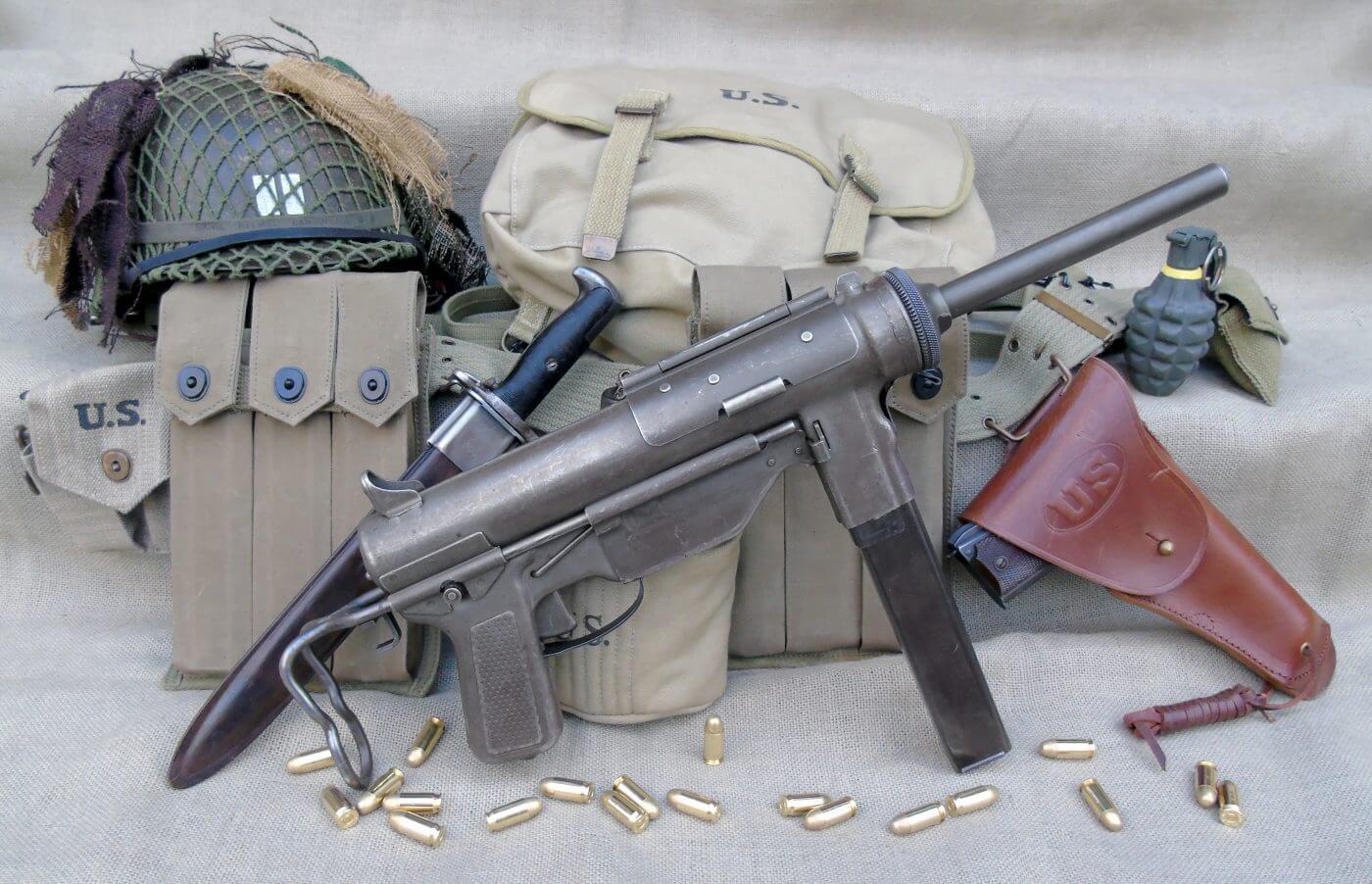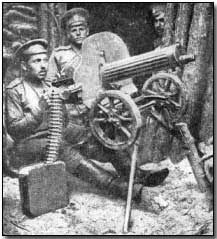Depending on the gunner and conditions, a barrel modification could be needed as frequently as every 200 to 250 rounds. When the hot barrel was removed, it was reserved till it was cool enough to use again. Machine-gun groups would have as many as 6 spare barrels on hand.
Driving through a just recently secured location in Belgium, the observant Liniewski found the deserted weapon in a field. Liniewski then did what any unsupervised GI would have performed in that position; he stopped his truck and took the opportunity to snag an excellent souvenir for the folks back home. As an assistance soldier, Liniewski was not familiar enough with weapons to disassemble his MG-42, so he held on to it for a while till he found a camp where German prisoners of war were being held.
The weapon remained in the Liniewski household till 2016 when his son Marty donated the weapon to the Museum. In spite of its propensity to overheat, the MG-42 was an outstanding weapon that was light-years of ahead of the United States counterpart, the Browning M-1919A4 gatling gun. Germany produced approximately 400,000 MG-42s during the war, a few of which are still in active duty.

Taken together, all these weapons provided the Red Army a more useful series of support weapons, much better able to challenge the Germans for fire superiority on the battlefield. Totally detailed, this research study discusses the technology and the methods of these device guns. Kept in mind authority Chris Mc, Nab sets out how these gatling gun were distributed and tactically applied and supplies numerous examples of the weapons in action, from attack groups on the streets of Stalingrad to tank teams struggling for survival at Kursk.
What Does Machine Guns In World War I Mean?
Illustrated with premium pictures and specially commissioned art work, this is a deep analysis of these essential tools of warfare within the Soviet forces.
Taken together, all these weapons offered the Red Army a more practical range of assistance weapons, better able to challenge the Germans for fire superiority on the battleground. Completely illustrated, this research study discusses the technology and the methods of these machine guns. Kept in mind authority Chris Mc, Nab sets out how these device guns were dispersed and tactically applied and provides various examples of the weapons in action, from assault teams on the streets of Stalingrad to tank teams struggling for survival at Kursk.
Illustrated with top quality photographs and specially commissioned art work, this is a deep analysis of these important tools of warfare within the Soviet forces.
The gatling gun company, commanded by a captain, had an assigned strength of 6 commissioned officers and 172 employed men, and brought 16 guns, 4 of which were spares. Within the company there were three squads and a head office section. A first lieutenant led the very first squad, while 2nd lieutenants led squads two and three.
The Best Strategy To Use For 5 Deadliest Machine Guns Of World War I


Within each area were 2 gun squads, each with one weapon and 9 men, led by corporals. The gun squad had one battle cart, pulled by a mule, to carry its weapon and ammo as close to the firing position as enemy fire enabled. From there the teams moved the weapons and ammo forward by hand.
The battalion had a strength of 16 officers and 377 enlisted men and was motorized. However, it had only two business, similar to the other gatling gun business in regards to workers and weapons. Each weapon team utilized an unique motor cars and truck to carry its workers, weapon and devices. The battalion was generally in division reserve, ready to perform missions as the division commander ordered.
In this role the guns were placed 300 to 1000 meters to the back of the cutting edge. When they used their weapons because fashion, the device gun officers often ran into opposition from the rifle company leaders, who chose to have the weapons further forward, fearing that their infantrymen would be at danger of stray low rounds as they advanced under the overhead machine gun fire.
They quickly discovered that the machine weapons were high top priority targets for opponent fire, and that it was advantageous to have the weapons at some range from the infantry positions. Because enemy maker weapons positioned the greatest hazard to the assaulting troops, the machine weapon crews made every effort to find the enemy guns and to focus their fire upon them.
An Unbiased View of The Five Worst Light Machine Guns (Lmgs)
A percentage of the guns was kept back as a reserve under command of the gatling gun officer. 6Machine weapon tactical teaching determined that in the defense the Hotchkiss guns ought to just hardly ever be located within 100 lawns of the cutting edge and that at least two-thirds of the guns must be echeloned back through the entire defensive position, located so that nearby weapons would be mutually supporting.

7 To find other functions on the check out our THE DOUGHBOY CENTER wishes to continuously expand this feature. Additions and talk about these pages may be directed to:.
I was impaled on this. My only worry was that he would press the trigger which would have made a hell of a mess. In the meantime, my sergeant who was near he saw me; came in close; shot the fellow and after that hoisted me, with the aid of another guy, off the bayonet.
He was dead and it wasn't pleasant. A bayonet injury directly it enters it hurts and the withdrawal is most likely further suffering than the 'putting in' since the 'putting in' is instantaneous. Another kind of weapon was the trench club. These could be utilized on trench raids and in close quarter fighting.
Comments on “5 Light Machine Guns Of World War One Can Be Fun For Anyone”